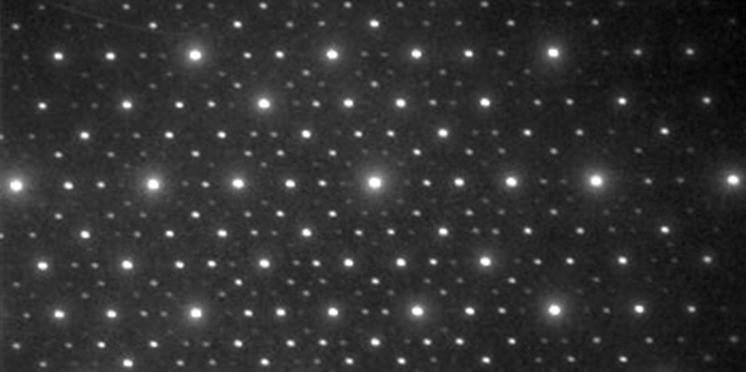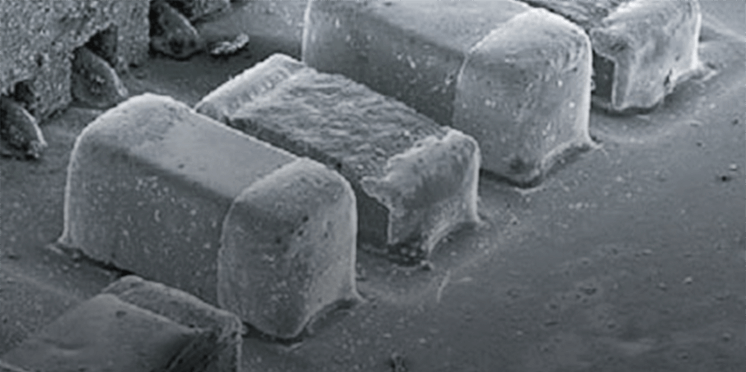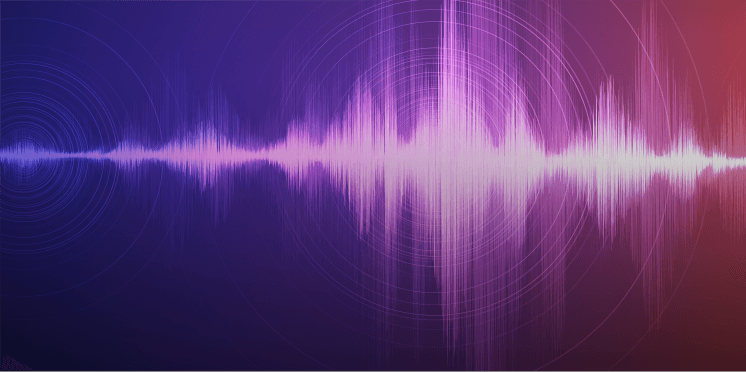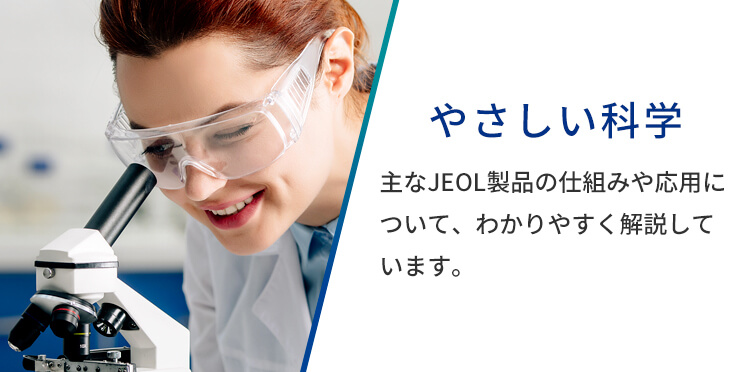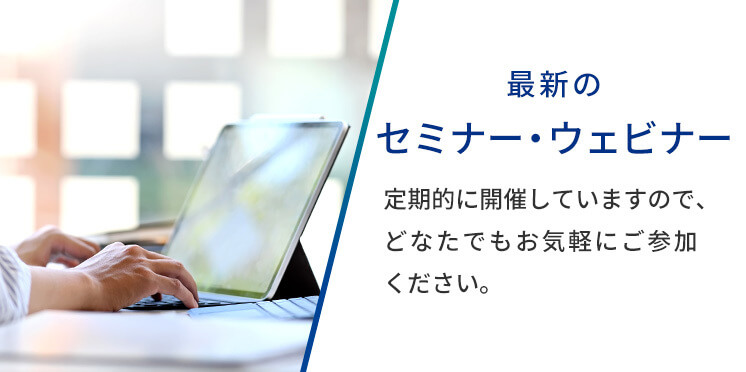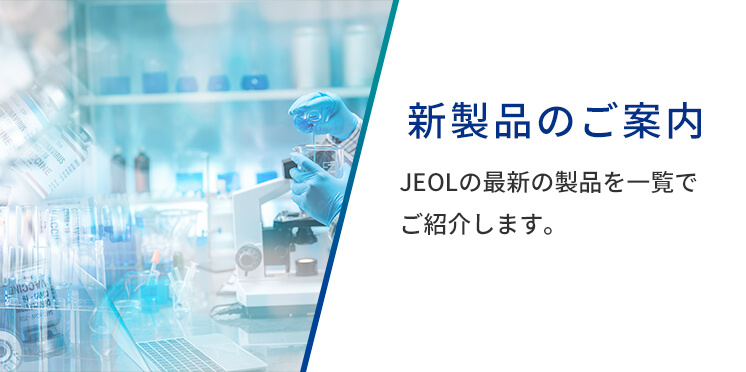ルテニウム染色
ルテニウム染色
ruthenium staining
[目次:試料作製]
SEMを用いて高分子を反射電子像で観察する場合、その成分を構成する元素の原子番号が近いため明瞭なコントラストがつきにくい。このような場合に、重金属であるルテニウムで、特定の成分を染色して高いコントラストを付ける手法。
染色は、試料を四酸化ルテニウムの水溶液に浸漬、もしくはその水溶液の蒸気雰囲気下に置く方法でおこなわれる。ルテニウムは酸化能が高く、高分子中のポリオレフィンなどに代表される飽和炭化水素と反応し、特に飽和炭化水素の非晶質部を染色する。原子番号が大きいルテニウムによって染色された部位の反射電子が増加し、その部位が明瞭に観察されるようになる。
四酸化ルテニウムは揮発性が高く、蒸気を吸い込んだり溶液が皮膚に触れたりすると危険なため、使用する場合は試薬メーカーから出されている安全データシート (Safety Data Sheet, SDS) に基づいて、ドラフト内で手袋を着用して取り扱う必要がある。
In the backscattered electron imaging of high polymers using SEM, it is difficult to acquire a high contrast image because the atomic numbers of the constituent elements are close to each other. In such cases, a technique of Ruthenium (a heavy metal) staining of the specific components is used to obtain their high contrast images.
The staining is performed by immersing a specimen in a solution of ruthenium tetroxide or is placed in a vapor environment of the solution. Ruthenium has a high oxidizing ability and reacts with saturated hydrocarbon of polyolefin, etc. in high polymers. In particular, the amorphous region formed by the saturated hydrocarbon is stained. As a result, the number of backscattered electrons from the sites stained by ruthenium of heavy atomic number increases and thus, the specific sites (components) are clearly observed. Ruthenium tetroxide is highly volatile and it is very dangerous if an operator breathes the vapor of ruthenium tetroxide or contacts the solution on their skin. So when using ruthenium, it is requisite to wear gloves in a draft chamber under the guide of the Safety Data Sheet (SDS) issued by reagent manufacturers.
関連用語から探す
説明に「ルテニウム染色」が含まれている用語

